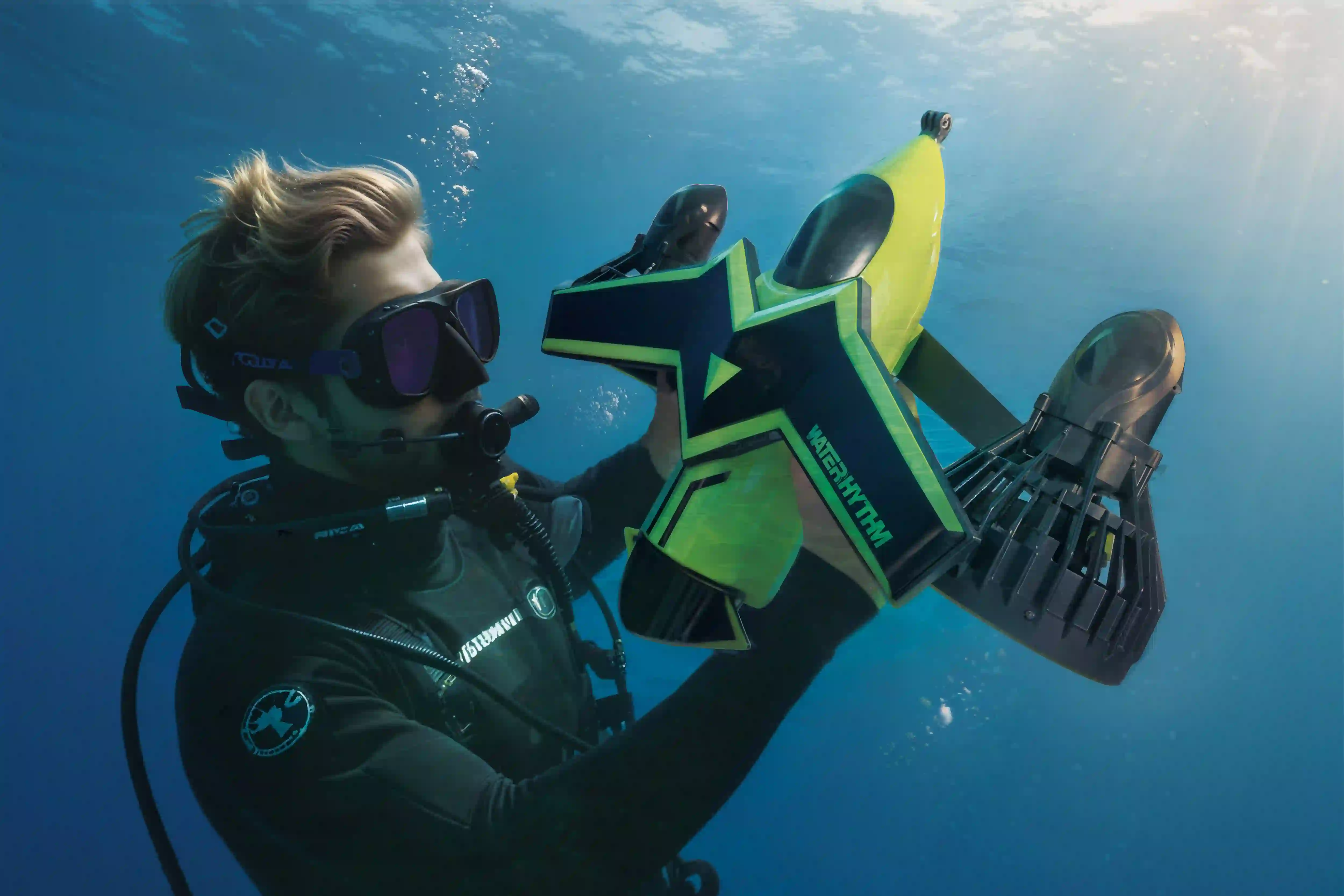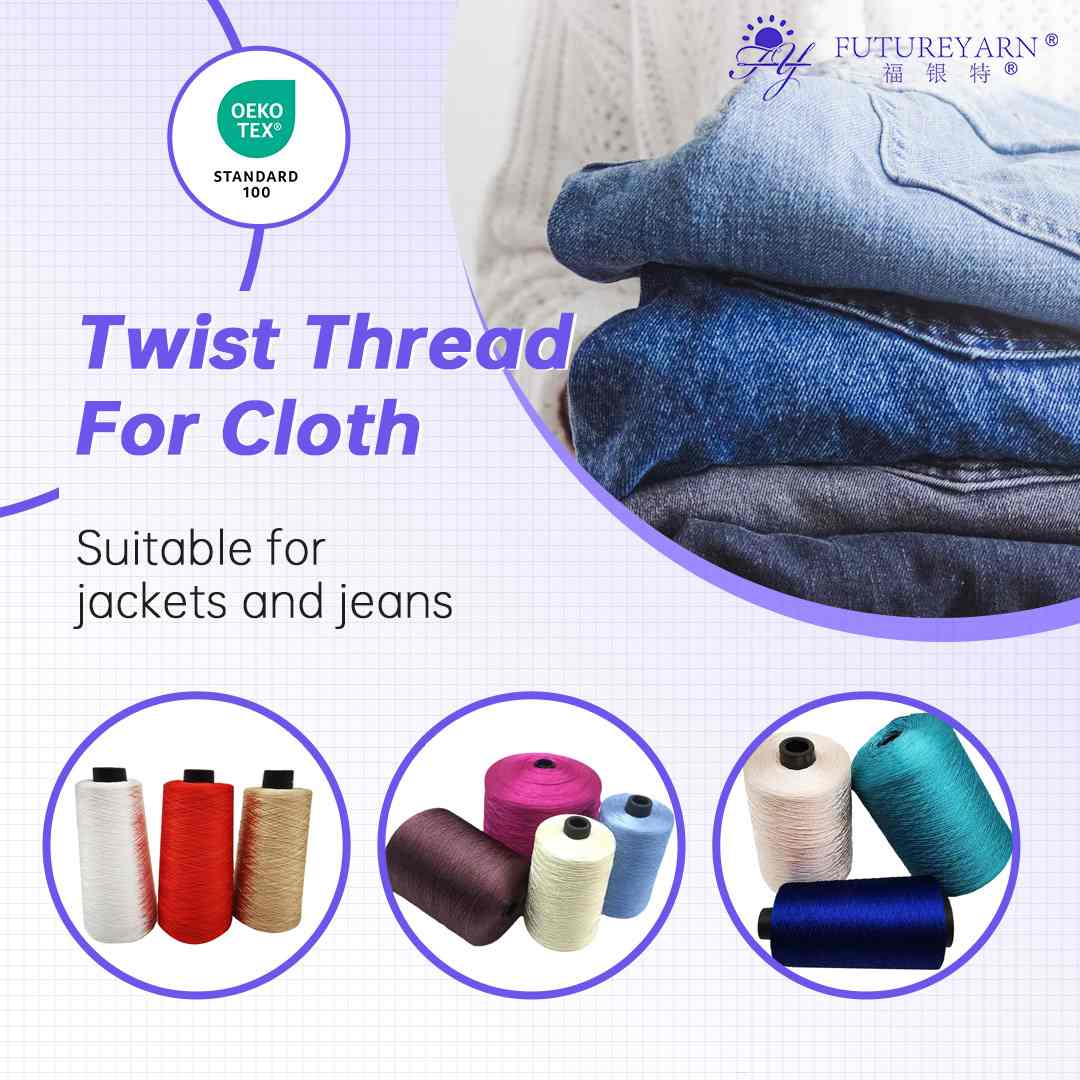How to choose a suitable diving scooter according to the diving depth?

With the increasing popularity of underwater sports, more and more diving enthusiasts have begun to pay attention to the upgrade of diving equipment, especially scuba diving scooter (DPV, Diver Propulsion Vehicle). As a device that can significantly enhance the diving experience, the diving scooter can not only save physical strength and extend the diving time, but also allow divers to explore a wider underwater world more easily. However, there are many types of diving scooters with different performance parameters, and different models are suitable for different diving environments. So, how to choose a suitable electric scuba scooter according to the diving depth? This article will analyze it in depth for you from multiple dimensions.
1. Clarify the diving type and depth requirements
Before choosing a diving scooter, you first need to clarify your main diving type and expected diving depth. Common diving types include:
Recreational diving: usually no more than 30 meters, suitable for most amateur divers.
Technical diving: The depth can reach 40 meters or even deeper, usually requiring the use of mixed gases.
Free diving: Diving depends on holding your breath, and the depth depends on personal ability.
Cave/wreck diving: often accompanied by complex terrain, requiring good maneuverability and endurance.
Each type of diving has different requirements for the depth level, waterproof performance, thrust, endurance, etc. of the scooter. Understanding your own diving plan is the first step in choosing a suitable electric scuba scooter.

2. Pay attention to the maximum working depth of the scooter
A key technical parameter of a diving scooter is the "maximum working depth". This is the maximum diving depth that the scooter can work under the premise of maintaining safety and stable performance.
Common classifications are as follows:
Entry-level diving scooters are suitable for shallow water areas, and the maximum working depth is generally within 30 meters. This type of product is mainly aimed at recreational divers and snorkeling enthusiasts. It is usually simple in structure and relatively affordable, which is enough to cope with daily shallow water exploration and underwater photography needs.
Mid-level diving scooters have a maximum working depth of up to 60 meters and are suitable for users with certain diving experience. This type of scooter not only has stronger performance, but is also equipped with a higher capacity battery system and a speed adjustment function with more gears, which is very suitable for shipwreck diving, deep diving training and other needs.
High-level professional diving scooters can work at a depth of 100 meters or even deeper, mainly for high-risk scenarios such as technical diving and cave diving. This type of product usually has strong thrust, excellent pressure-resistant structure and redundant safety design, and can operate stably in extreme underwater environments. It is the first choice for senior divers or underwater workers.
By clarifying your own diving depth requirements, you can more specifically choose a diving scooter of the right level, so as to get the best diving experience while ensuring safety.
3. Power and thrust
In deep water environments, the water pressure is higher and the water resistance is greater, so the thrust of the scooter is particularly important.
Thrust value (Thrust): Usually measured in Newtons (N). The higher the value, the stronger the power and the faster the diver can be propelled.
Motor power (Motor Power): Determines the maximum speed and load capacity of the scooter, especially in deep water areas. Insufficient power may lead to a significant decrease in efficiency.
For example, in shallow water areas, 40N-60N thrust is sufficient for daily exploration; while in deep diving, at least 80N-100N thrust is required to effectively overcome water resistance and maintain a good speed.
In addition, thrust is also related to whether the diver carries additional equipment. If you need to carry lighting equipment, photographic equipment, etc., it is recommended to give priority to high-thrust models.
4. Battery life and battery configuration
During deep diving, the return path is usually long, and it will be very dangerous if the power runs out halfway. Therefore, battery capacity and battery life are important indicators that must be considered when choosing a electric scuba scooter.
Battery life: generally ranges from 30 minutes to 2 hours.
Battery type: Lithium batteries are mainstream because of their lightness and large capacity; some high-end models support replaceable battery design, which is suitable for long-term use or multiple dives.
Charging time: The fast charging function can improve the turnover efficiency of equipment.
Deep water diving recommendations: At least choose a model with a battery life of more than 60 minutes, or equip it with a spare battery to ensure a safe and smooth diving process.
5. Control system and ease of operation
When operating a scooter in deep water, stability and control flexibility are particularly important.
Control method: Commonly used are two-handed grip type and one-handed remote control type. Some high-end models have posture adjustment and speed adjustment functions.
Speed gear: The multi-gear switching design can adapt to different environmental needs, such as fast crossing, low-speed observation, fine shooting, etc.
Buoyancy adjustment: High-end models support neutral buoyancy adjustment system, which can maintain a good posture at different depths and is not easy to sink or float.
For novices, the simpler and more intuitive the operation, the better. In complex terrain or strong current areas, the accuracy of control becomes crucial.
6. Safety system
Once a diving scooter fails, it may endanger the safety of divers, especially in deep water or complex terrain. Therefore, scooters with multiple safety protection mechanisms should be given priority.
Common safety designs include:
Low battery alarm system: automatic reminder when the battery is lower than the safe value;
Automatic shutdown protection: automatic stop when the equipment fails or is overloaded;
Waterproof structure reinforcement: multiple sealing rings + waterproof cabin structure;
Forward and reverse propulsion function: return to the original route when encountering obstacles.
If you are engaged in high-risk diving activities such as technical diving and cave diving, be sure to choose professional equipment certified by CE, ISO, RoHS, etc., and combine personal diving experience to predict risks.
7. Portability and compatibility
Diving scooters often need to be carried to the diving site, so the size and weight are also factors that cannot be ignored.
Portability: The weight of mainstream scooters ranges from 3kg to 15kg. Although heavy scooters have strong performance, they are inconvenient to carry.
Accessory compatibility: such as whether it supports the installation of GoPro, lights, depth gauges, buoyancy devices, etc.
For users who travel frequently for diving, it is recommended to choose a scooter with a foldable, lightweight design and a quick-release structure; while users of fixed diving points can consider high-thrust models with performance priority.
8. Scooter purchase strategy at different diving depths
0-10 meters: snorkeling and shallow water play
Applicable people: diving novices, snorkeling tourists, underwater photography users
Recommended scooter features:
Maximum working depth ≥ 15 meters
Small size, easy to carry
Medium propulsion (5-8kgf)
More than 30 minutes of battery life
Adjustable buoyancy design (suitable for beginners to control)
Recommended model examples: portable scooters, child-friendly scooters, some underwater electric thrusters
10–30 meters: Recreational diving
Applicable people: PADI OW/AOW certified divers, underwater adventure enthusiasts
Recommended scooter features:
Maximum working depth ≥35 meters
Moderate to high propulsion force (8–12kgf)
Battery life of 40–60 minutes, suitable for daily leisure diving
Equipped with LED lighting, diving watch holder and other extended functions
Quick-release battery design is better
Recommended model examples: Medium-sized twin-propeller scooters, scooters for underwater photography.
30–60 meters: Technical diving and advanced users
Applicable people: Technical divers, underwater workers
Recommended scooter features:
Maximum working depth ≥65 meters
Strong thrust (above 12kgf) supports large-scale movement
Battery life needs to be stable for more than 60 minutes
High-pressure sealing technology, with corrosion-resistant aluminum alloy shell or carbon fiber shell
Supports modular functions such as GPS positioning, depth gauge, load adjustment device, etc.
Recommended model examples: Professional technical scooters, such as DPV series, dual-thruster multi-mode scooters.
Above 60 meters: scientific research and commercial diving
Applicable people: marine researchers, engineering divers
Recommended scooter features:
Maximum working depth ≥80–100 meters
Industrial-grade propulsion (above 20kgf)
Support professional ROV underwater platform collaboration
Equipped with a fully automatic buoyancy control system
Customizable communication modules, remote control systems and other expansion interfaces
Recommended model examples: customized diving scooters, remote-controlled underwater thrusters.
Diving is an outdoor activity that requires both technology and safety, and diving scooters, as "mobile boosters" during diving, bring us greater freedom of underwater exploration. But the premise is to choose equipment that accurately matches your own diving depth. Actual needs take precedence over performance parameters. Don't blindly pursue high parameters. It is most important to choose a scooter that suits your diving habits. No matter which electric scuba scooter you use, be sure to follow diving safety regulations and regularly maintain the equipment to ensure that every dive is safe, enjoyable and smooth.
www.waterhythm.com
waterhythm
